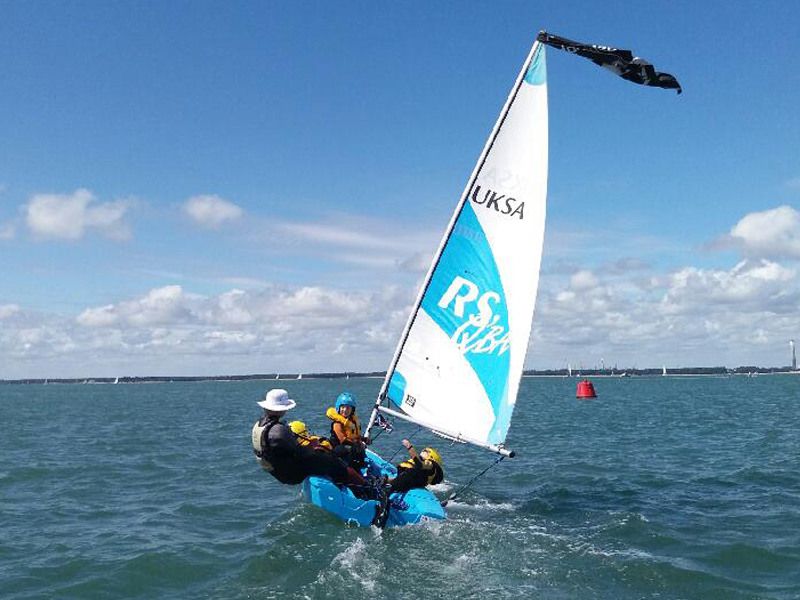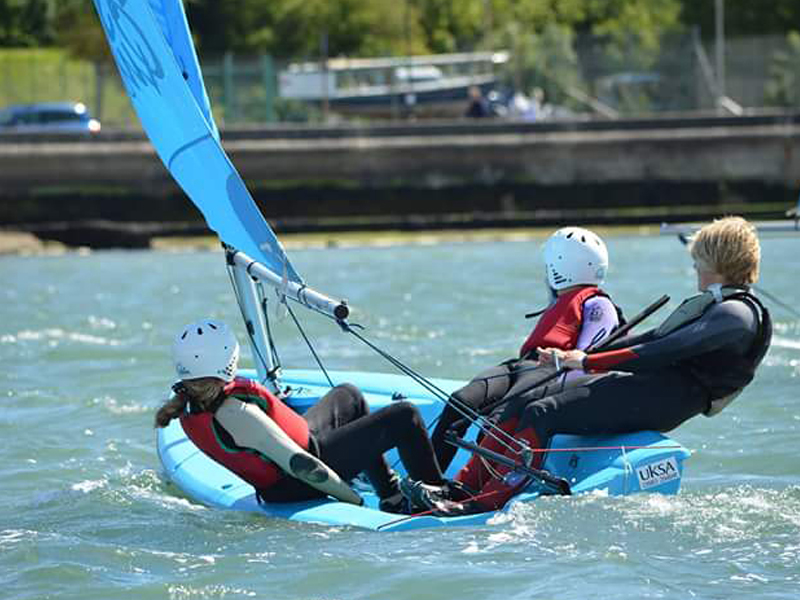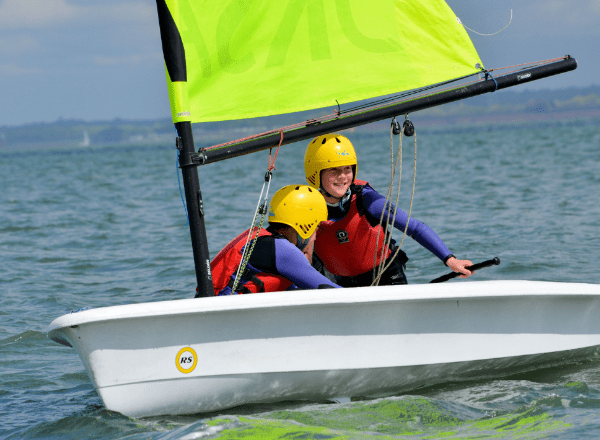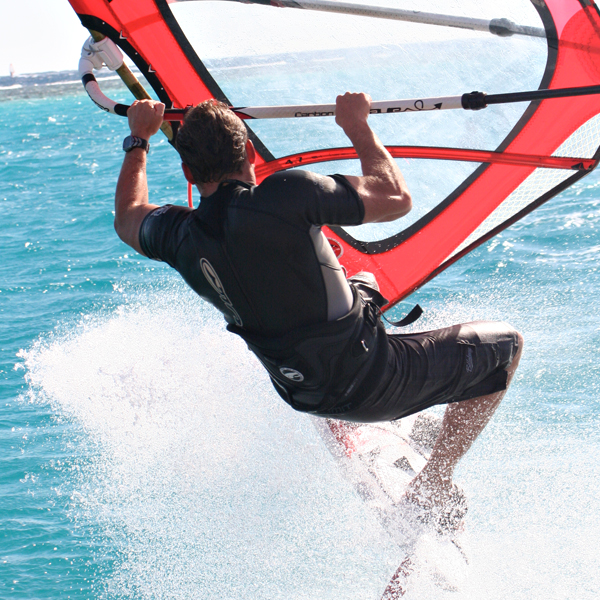Dinghy Sailing Beginners Guide

UKSA dinghy sailing lessons
What is Dinghy Sailing?
Adventurers and enthusiasts have long been enamoured with sailing, the ancient skill of using the wind’s energy to move a boat over the water. Dinghy sailing is an excellent way to start this maritime trip, whether you’re drawn to the idea of smoothly gliding through calm waters or yearn for the thrill of the wind in your hair and salt on your face.
The Allure of Dinghy Sailing
For newcomers, dinghy sailing offers an accessible and exciting introduction to the sport of sailing. Dinghies are smaller, single-masted sailboats that are normally built for two to four persons, as opposed to bigger sailboats. They are ideal for beginners due to their simple design, modest size, and ease of movement. But what precisely is a dinghy, and why should novice sailors think about using one for their sailing expeditions?
A sail dinghy, also known as a dinghy or little sailboat, is a sailboat that is between six and twenty feet long and has a shallow draught. These boats are used frequently for racing, recreational sailing, and even as training tools because they are lightweight and portable. This kind of sailboat has various benefits for beginners:
Stability: Dinghies are renowned for their steadiness, which aids novices in developing confidence while learning to sail.
Manoeuvrability: Dinghies are highly responsive to the helm, which makes them perfect for teaching people how to sail. You’ll quickly pick up on the nuances of steering and sail management as a beginner.
Affordability: Dinghies are more cost-effective than larger sailboats in terms of both initial purchase price and continuing upkeep.
Learning: The essentials of sailing, such as wind awareness, sail trim, and navigation, can all be learned through dinghy sailing. Should you decide to advance in your sailing career, the abilities you learn while dinghy sailing are transferable to larger vessels.
How to Sail a Dinghy
Step 1: Get Your Dinghy Ready
It’s essential to check that your dinghy is in good operating order before setting sail. Check the rigging (the ropes and cables that control the sails), check the hull for any cracks or corrosion, and confirm that the sails are correctly hoisted and fastened. Make sure you have the required life jackets and safety gear on board because safety should always come first.
Step 2: Launching Your Dinghy
Pick an appropriate spot to launch your boat. Small boat launches can usually be found in designated places like sailing clubs, marinas, or seaside parks. Make sure your dinghy is securely fastened to the dock or trailer before carefully lowering it into the sea. When launching, exercise caution because of the tides, currents, and wind.
Step 3: Raising the Sails
The sails should be raised at this time. Place the dinghy such that the wind is at your back (aft). The simplest method to hoist the sails is by “sailing downwind,” as the name suggests. The mainsail, the largest sail on the mast, should be raised first. Keep an eye on the wind direction as you move, then trim the sail by adjusting the ropes (sheets) that control it.
Step 4: Steering Your Dinghy
It’s time to steer your dinghy after you’ve raised your sails. A tiller or a steering wheel is normally located near the back of the boat. You should move the tiller away from where you wish to go. For instance, push the tiller to the left (port) if you want to turn to the right (starboard). In response, the dinghy will turn in that direction.
Step 5: Sailing Upwind
You can try sailing upwind, which entails going against the wind, as your confidence grows. Here is where sailing skill is really put to use. You must engage in a series of “tacking” manoeuvres in order to sail upwind. To do this, you must spin your boat through the wind and alter the sails as you go.
Step 6: Safety and Navigation
Be mindful of your surroundings at all times when you’re out on the water. Watch out for buoys, other boats, and any potential dangers. Learn the fundamentals of navigation, such as knowing who has the “right of way” when boats are in close proximity to one another on the water.
Step 7: Returning to Shore
If you can, sail back downwind when you’re ready to get back to land because it makes controlling your dinghy the simplest. Furl (roll up) the sails and let out the sheets to gradually lessen sail power. With adequate space to manoeuvre and avoid obstructions, approach the coast at a safe speed. Lower the sails and gently rudder your dinghy to the chosen landing spot.
Congratulations! You’ve recently finished your first dinghy sailing trip. It’s important to keep in mind that practise makes perfect, so the more time you spend on the water, the more comfortable and competent you’ll feel.

Learning to sail a dinghy at UKSA on the Isle of Wight
The Best Dinghy Sailing Courses with UKSA
Now that you know the basics of dinghy sailing, you might be keen to advance your abilities and education. Enrolling in a dinghy sailing training is among the greatest ways to do this. For prospective sailors, UKSA (the UK Sailing Academy) provides some of the most thorough and approachable dinghy sailing courses in the country.
Our courses
What is UKSA?
UKSA is a well-known maritime training and education organisation with a mission to encourage and support people in pursuing careers on the water. UKSA is situated in Cowes on the Isle of Wight. From beginner-level dinghy sailing to advanced yachting and professional maritime training, they provide a wide selection of courses.
Why Choose UKSA for Dinghy Sailing?
There are several compelling reasons to consider UKSA for your dinghy sailing education:
Expert teachers: UKSA is home to a group of knowledgeable, passionate, and experienced sailing instructors. They offer individualised coaching and support to make sure you accomplish your objectives.
State-of-the-Art Facilities: The UKSA campus has state-of-the-art classrooms, waterside accommodation and access to the beautiful waters surrounding the Isle of Wight, creating a perfect atmosphere for studying.
Comprehensive Curriculum: A thorough curriculum is provided by UKSA, ensuring that you gain a solid foundation in both theory and practical skills. The courses are designed to cover all facets of dinghy sailing.
Career Opportunities: If you’re thinking about a career in the maritime sector, UKSA will give you the training and credentials you need to succeed.
Community and Networking: By joining UKSA, you’ll become part of the thriving maritime community. You’ll get the chance to meet others who share your interests and form useful contacts and enduring friendships.
Latest posts







